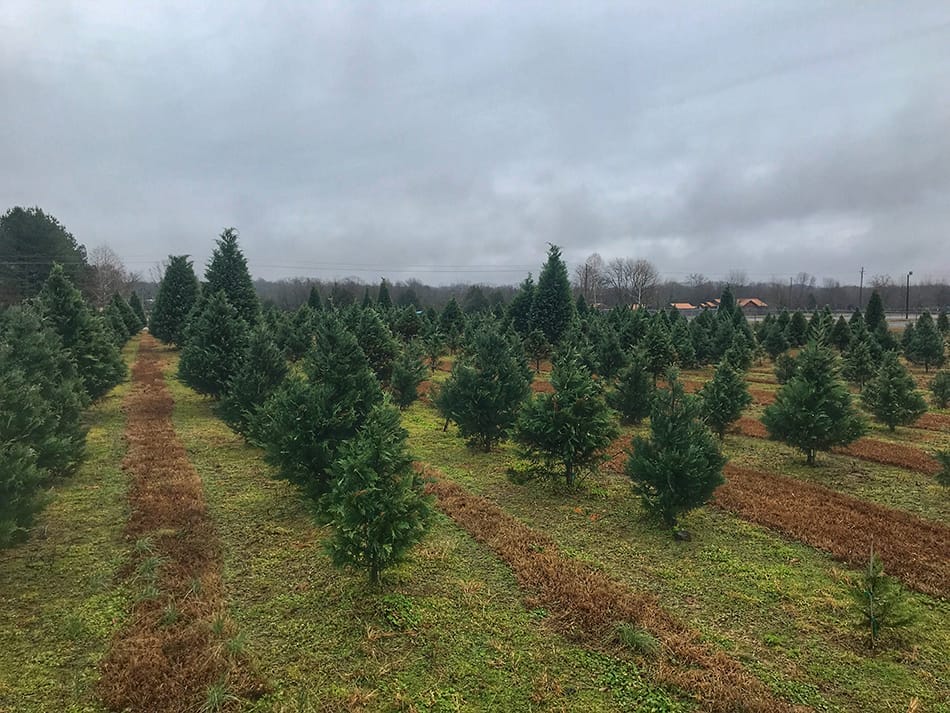

Uh oh...
It appears that you're using a severely outdated version of Safari on Windows. Many features won't work correctly, and functionality can't be guaranteed. Please try viewing this website in Edge, Mozilla, Chrome, or another modern browser. Sorry for any inconvenience this may have caused!
Read More about this safari issue.
DCIM189MEDIADJI_0091.JPG

Every time I drive to Little Rock, I cross the Arkansas River. It’s a striking sight—both beautiful and powerful—and yet, like so many things in life, I have taken it for granted. That changed one afternoon when my son George, always curious, asked me where the river began. While I knew the answer, the question caught me off guard. I realized that while I knew of the river and admired its grandeur, I didn’t really know about it. That realization sparked something in me—a desire to learn more about the river that flows across the state.
The Arkansas River begins high in the Rocky Mountains near Leadville, Colorado, then carves its way through Colorado, Kansas, Oklahoma and Arkansas before merging with the Mississippi River. While the waters flow south/southeast, its name traveled north/northwest thanks to trappers and traders who followed the river during westward expansion.
The river was called many things, including “Riviere des Ark” or “Riviere d’Ozark” by early French explorers and “Rio Napestie” by Spanish explorers. French explorers heard the Quapaw people use a word they recorded as “Akansea.” The word meant “south wind” and was eventually modified to “Arkansas,” which became the name that stuck and was carried westward by trappers and traders traveling along the river.

History and Commerce
Spanning over 1,400 miles, the Arkansas River is the sixth longest river in the United States and has been a vital resource and a witness to the history, culture and progress of the regions it flows through. In Arkansas, the river was a lifeline for the Quapaw people, who relied on its waters for fishing, transportation and trade. When European explorers arrived, the river became a key route for navigation and settlement. Arkansas Post was established on the north bank in 1686 and became the first permanent European settlement in the state and a vital hub of trade and cultural exchange.
During the Civil War, the Arkansas River was a critical strategic resource. Control of the river meant control of vital transportation routes, and several battles took place near its banks, including the Battle of Arkansas Post in 1863.

In more recent history, the construction of the McClellan-Kerr Arkansas River Navigation System in the mid-20th century transformed the river into a 455-mile navigation channel that supports commerce and agriculture across the state. The system keeps commerce flowing along the Arkansas River, with barges carrying all sorts of goods. Upstream, they haul things like bauxite, grain, chemicals and steel, while downstream, you’ll find shipments of soybeans, lumber, coal and even manufactured equipment. Barges are an incredibly efficient way to move large amounts of freight, using less energy per mile than trucks or trains. Plus, they help cut down on noise, air pollution and traffic on our roadways—a win-win for everyone!
Tourism
An effort to increase tourism along the Arkansas River has highlighted the natural beauty and cultural history found along the river’s bank. In Little Rock, the Arkansas River Trail features miles of scenic paths for walking, biking and jogging and is a favorite spot for families and outdoor enthusiasts. The Big Dam Bridge is the longest pedestrian bridge in North America and often hosts events like marathons and bike races. The crossing provides visitors with stunning views of Pinnacle Mountain and the Murray Lock and Dam. Nearby, the River Market Area and the Clinton Presidential Center overlook the river, combining history, architecture, shopping and beautiful grounds that are ideal for attracting visitors from around the world.

Further upstream, Fort Smith’s Riverfront Park provides a peaceful setting for picnics and riverside strolls, along with access to the Fort Smith National Historic Site, where visitors can learn about the city’s frontier history. Heading southeast, the Arkansas Post National Memorial offers a fascinating glimpse into the state’s earliest settlement, nestled near the riverbanks. The lower Arkansas River is a favorite place for nature lovers to enjoy fishing, birdwatching and wildlife exploration. Whether you’re seeking adventure, history or relaxation, the Arkansas River delivers something special at every bend.

The Arkansas River is more than just a waterway—it’s vital to the state’s history, culture and economy. From its importance to the survival of the Quapaw people and early settlers to its modern significance as a hub for recreation and commerce, the river continues to flow as a source of inspiration and connection for Arkansas. Whether you’re drawn to its scenic beauty, rich history or outdoor adventures, the Arkansas River has something to offer everyone.
If you’re ready to explore, be sure to check out these fantastic attractions along the river:
- Big Dam Bridge
- The Arkansas River Bridges
- Clinton Presidential Center
- Fort Smith Riverfront Park
- Fort Smith National Historic Site
- Arkansas Post National Memorial
- Rock Town River Outfitters Takes You Cruising on the Arkansas River
- McClellan-Kerr Arkansas River Navigation System
Discover what makes the Arkansas River such an essential and unforgettable part of our state.
Photos are courtesy of the Arkansas Department of Parks, Heritage and Tourism.
We do the work.
You check your email.
Sign up for our weekly e-news.
Get stories sent straight to your inbox!












 Leave a Reply
Leave a Reply
[…] Settled by immigrants who wanted to bring a piece of home with them to places that reminded them of European villages and landscapes, these towns carry names from across the Atlantic and offer a blend of history, local charm and fun attractions. Visiting these towns will give you a fresh perspective on Arkansas’ rich history, and the names might make you feel like you are across “the pond.” […]
[…] Settled by immigrants who wanted to bring a piece of home with them to places that reminded them of European villages and landscapes, these towns carry names from across the Atlantic and offer a blend of history, local charm and fun attractions. Visiting these towns will give you a fresh perspective on Arkansas’ rich history, and the names might make you feel like you are across “the pond.” […]